Doy por concluido este proyecto, dando mi opinión personal acerca de la maqueta, materiales y procesos que han intervenido.
I conclude this project, giving my personal opinion about the model, materials and processes that have intervened.
Este proyecto lo empecé para hacer un trabajo rápido, sin muchos detalles, pero no para que fuera un juguete: para que saliera un modelo real. Y lo primero que vi fue lo mal que encaja el chasis en la carrocería. Decir que este fallo lo tiene en común con el Lacia Delta, ya que en ambos casos, Hasegawa da a entender que hay que abrir la carrocería para encajar el chasis. Lo intenté arreglar al principio cortando parte del chasis, pero al final, el protector del habitáculo detrás de los asientos, hace que se tenga que abrir la carrocería para meter el chasis. Para la próxima, tendré que revisarlo de nuevo. El resto del kit está bien y muy resultón, aunque usé las llantas de aluminio de Studio27, muy bien realizadas. Decir que las calcas, al ser un coche de hace muchos años, no estaban todos los logos conforme a la realidad incluyendo el parasol, que estaba mal dimensionado, con lo que tuve que arreglarlo por mi cuenta. De los procesos, decir que me faltó aplicar una capa más gorda de laca, para que al pulirla, tuviera cantidad suficiente puesto que lijé de más y salieron puntos del color negro de la carrocería. Esto es otro dato para tener en cuenta la próxima vez (de todo se aprende). Las pinturas, imprimación, laca…todo fue bien cumpliendo las expectativas. La pintura de las ruedas con su sombreado, los asientos, el cambio de las salidas de escape, o la tapa de los faros auxiliares que se acopla con imanes, le dan un toque muy real al conjunto.
I started this project to do a quick job, without many details, but not to do a toy: It had to be a real car. And the first thing I saw was how badly the chassis fits into the body. To say that this failure has it in common with the Lacia Delta, since in both cases, Hasegawa implies that the bodywork must be opened to fit the chassis. I tried to fix it at first by cutting part of the chassis, but in the end, the passenger compartment protector behind the seats means that the bodywork has to be opened to insert the chassis. I’ll have to check it again next time. The rest of the kit is fine and very successful, although I used Studio27 aluminum rims, very well made. To say that the decals, being a car from many years ago, not all the logos were in accordance with reality, including the sun visor, which was poorly sized, so I had to fix it on my own. About the processes, I must say that I needed to apply a thicker layer of lacquer, so that when polishing it, I would have enough quantity since I sanded too much and black dots came out of the body. This is another piece of information to take into account next time (we ahve to learn from everything). The paints, primer, lacquer…everything went well, meeting expectations. The paint on the wheels with their shading, the seats, the change in the exhaust outlets, or the cover for the auxiliary headlights that attaches with magnets, give the whole a very real touch.
Pero vamos con las fotos. En la entrada anterior, le faltaba la antena (de plástico estirado), el limpiaparabrisas (de un fotograbado), las faldillas de las ruedas (hechas con lata de refresco) y las fijaciones del capó trasero, realizadas por DAB models, en resina con mucha precisión. Aquí os muestro las piezas antes de pintar y ya pintadas. La ultima foto es de las fijaciones de DAB models, pintados con alumino de Zero y un poco de Panel Liner negro de Tamiya.
But let’s go with the photos. In the previous entry, it was missing the antenna (stretched plastic), the windshield wiper (from a photo-etch), the wheel skirts (made with soda can) and the rear hood fixings, made by DAB models, in resin that are very precise. Here I show you the pieces before painting and already painted. The last photo is of the DAB models bindings, painted with Zero aluminum and some black Tamiya Panel Liner.
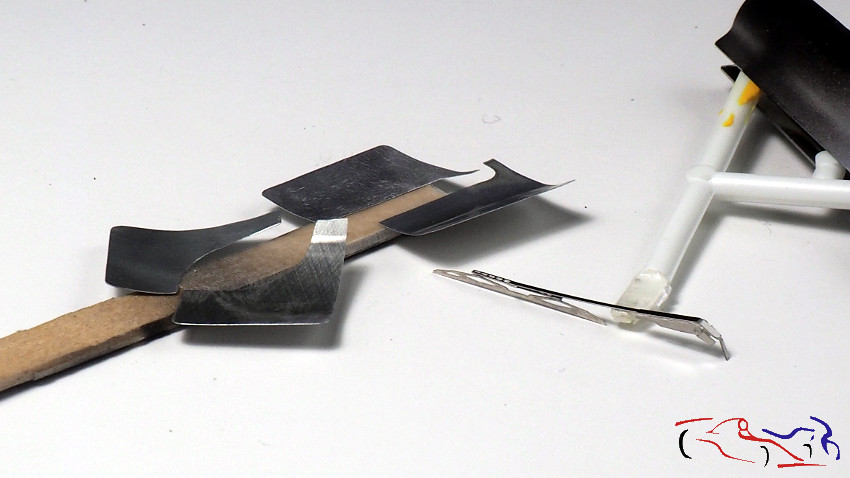
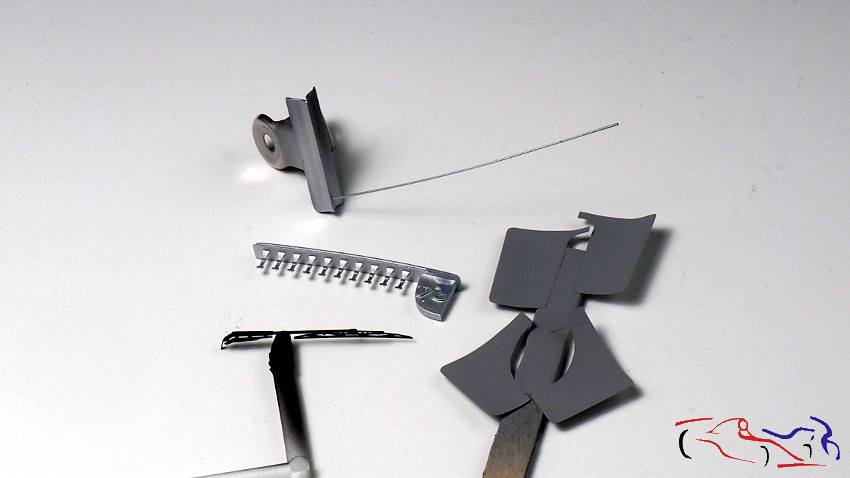
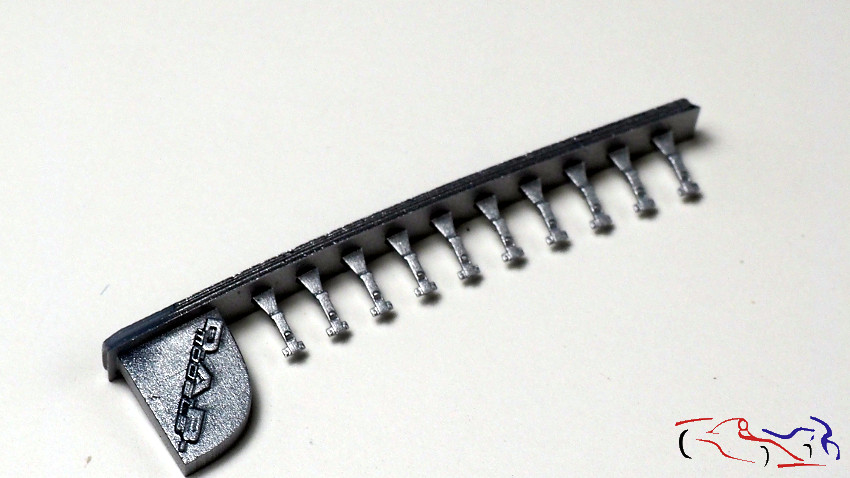
Y ya, sin esperar más, las fotos del modelo terminado. Primero, el coche con los faros tapados y sin tapar. Es una buena solución usar imanes!!
And now, without waiting any longer, the photos of the finished model. First, the car with the headlights covered and uncovered. It is a good solution to use magnets!!
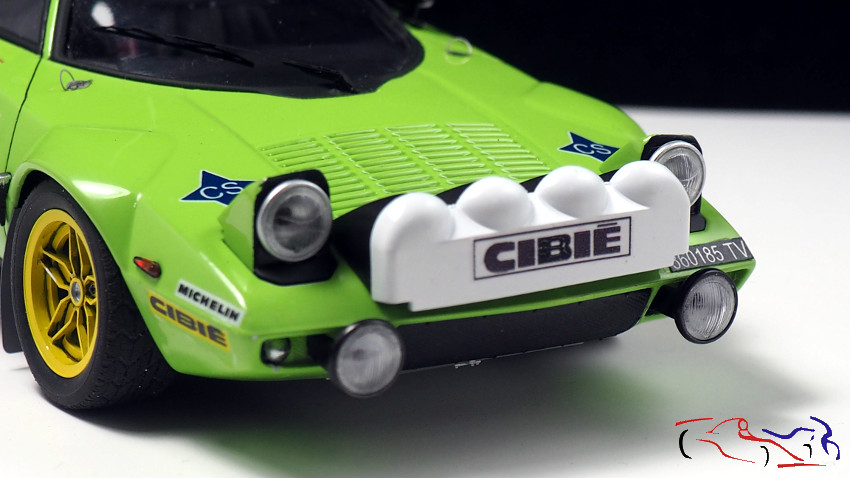
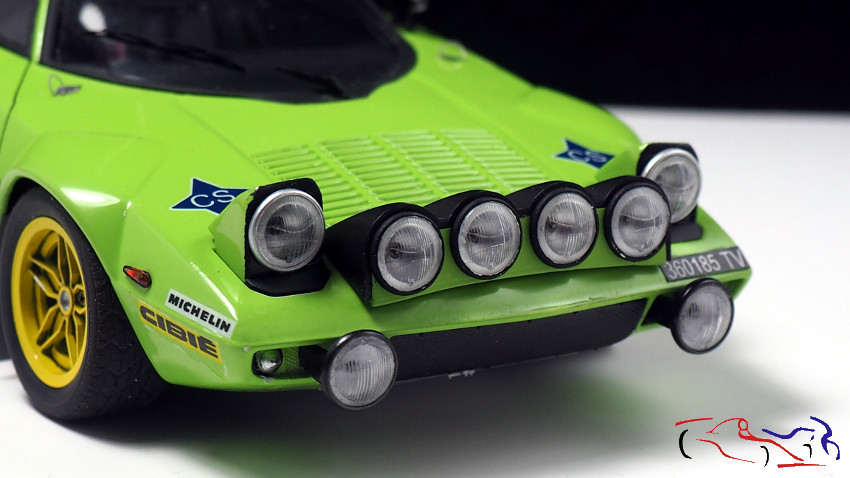
Otras fotos generales:
Another general pictures:
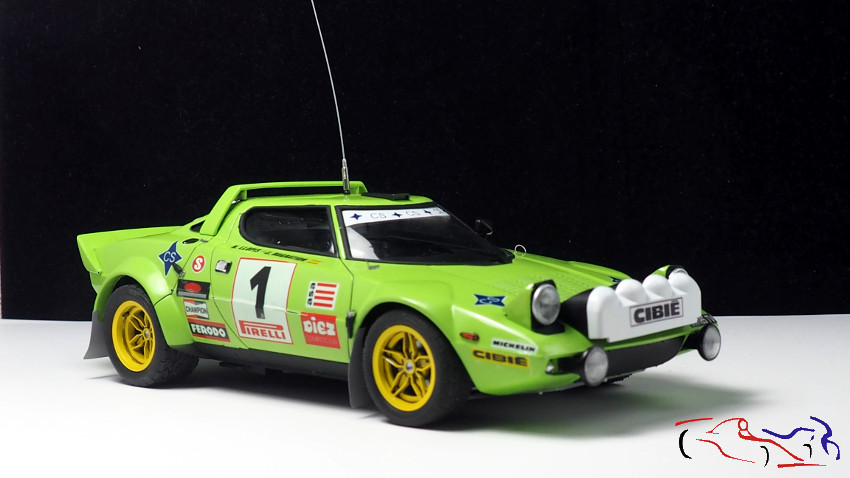
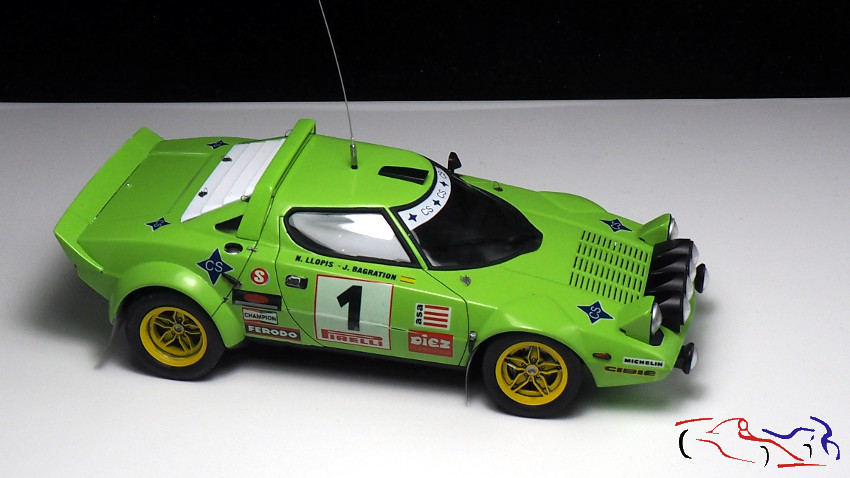
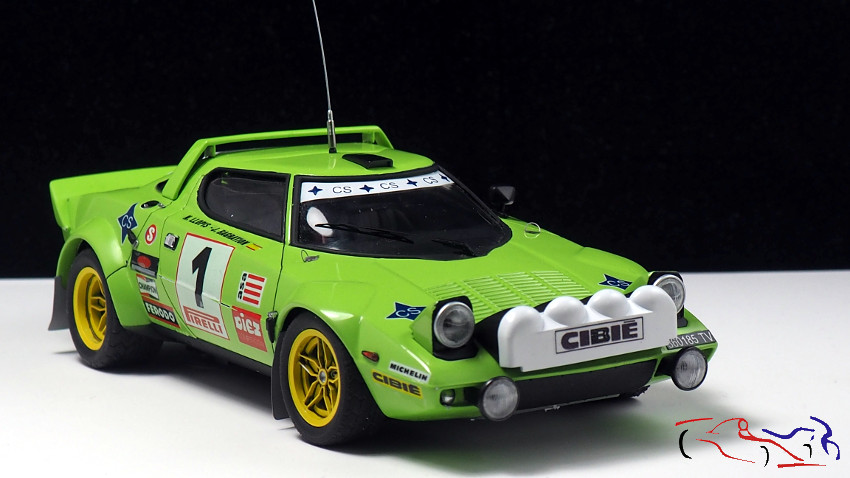
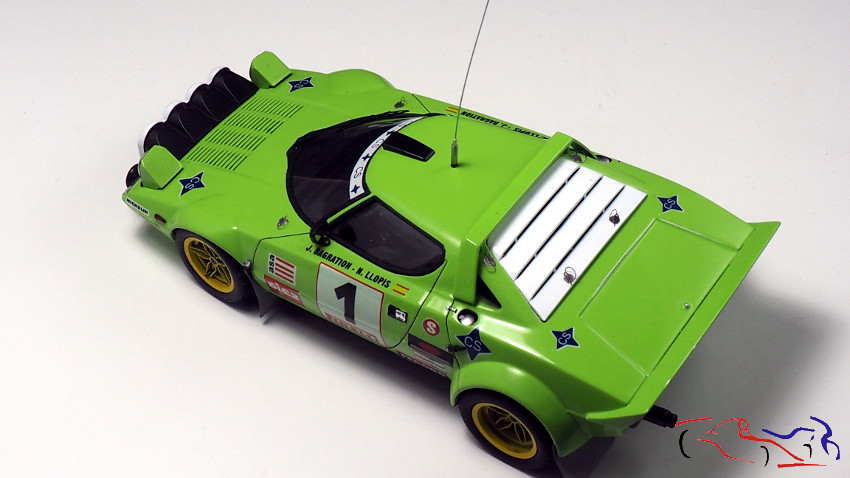
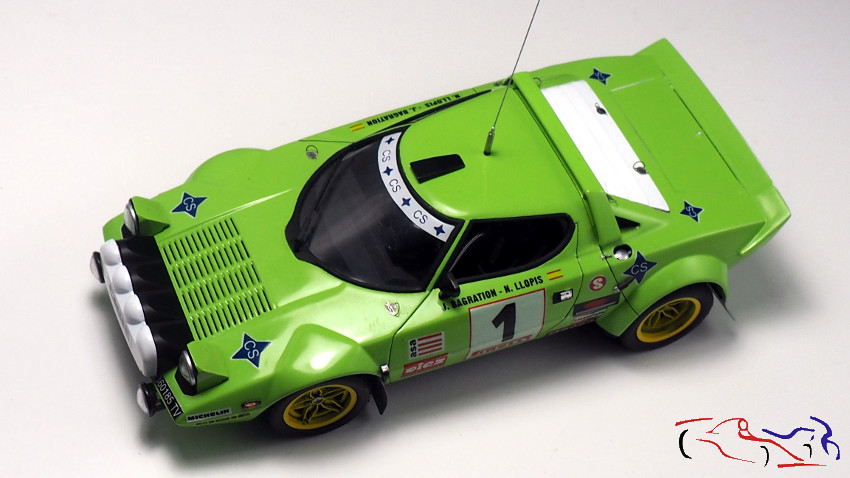
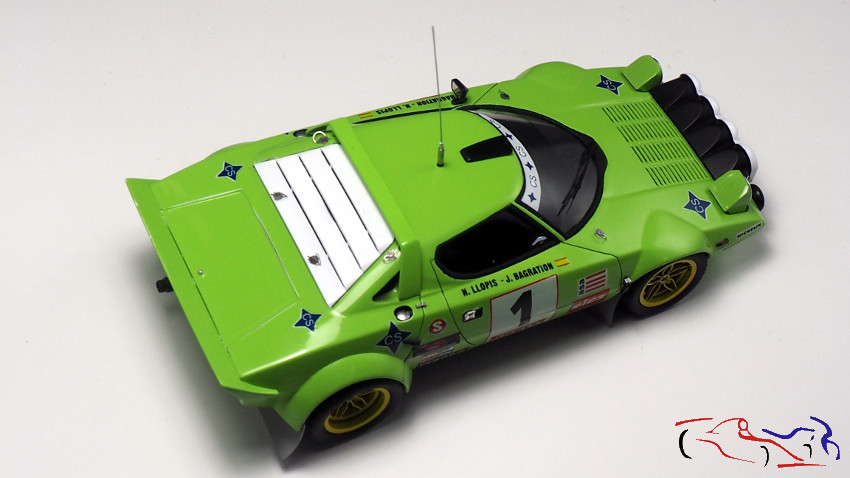
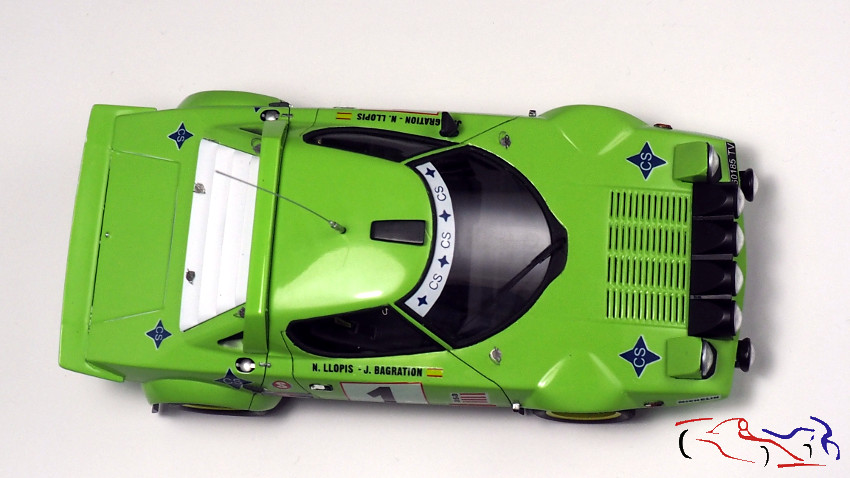
Si bajamos el punto de vista, parece un coche real!!
If we lower the point of view, it looks like a real car!!
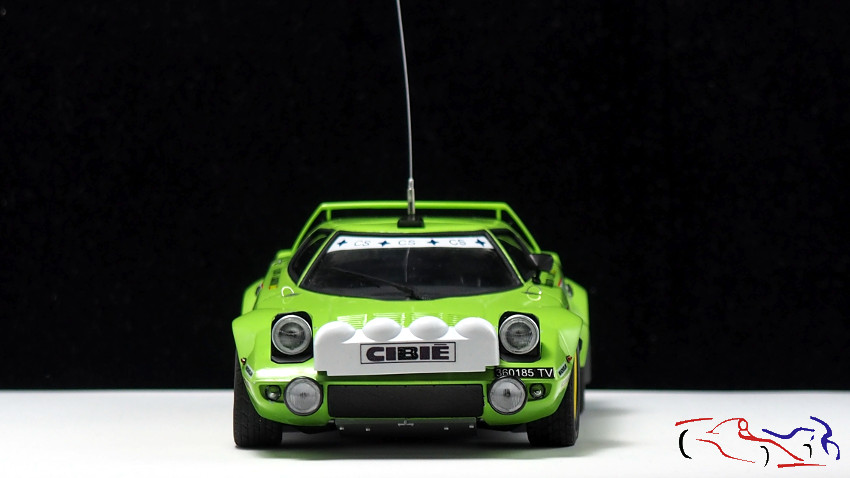
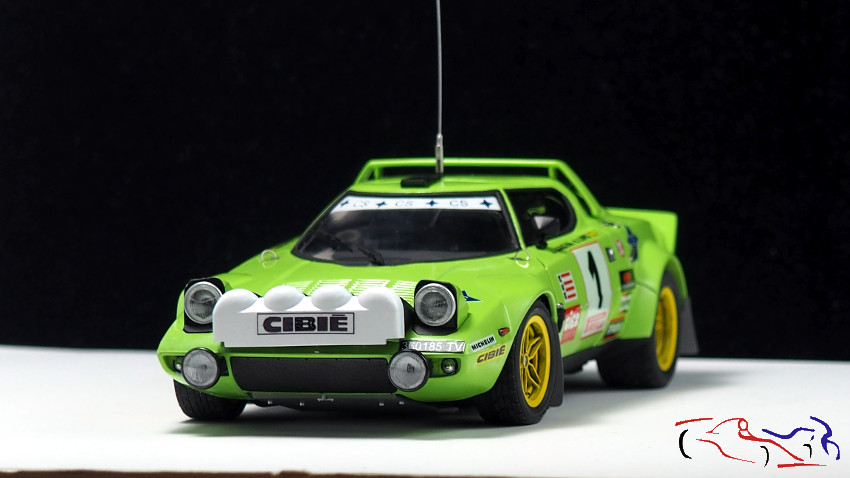
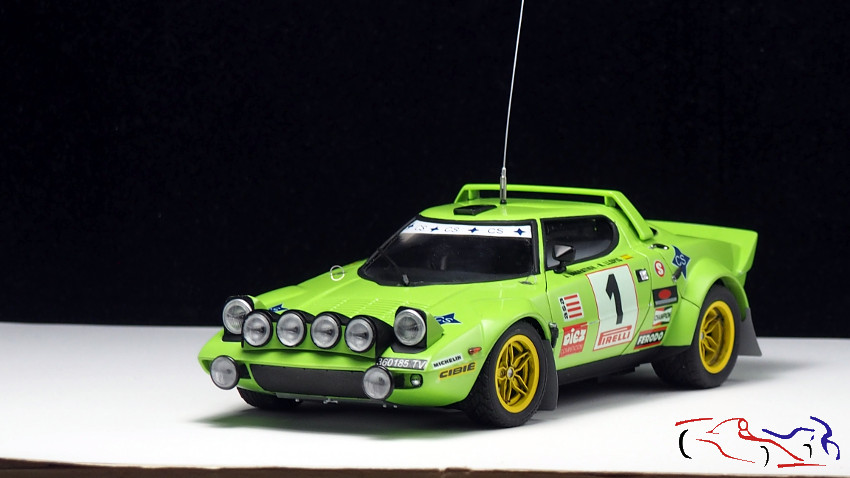

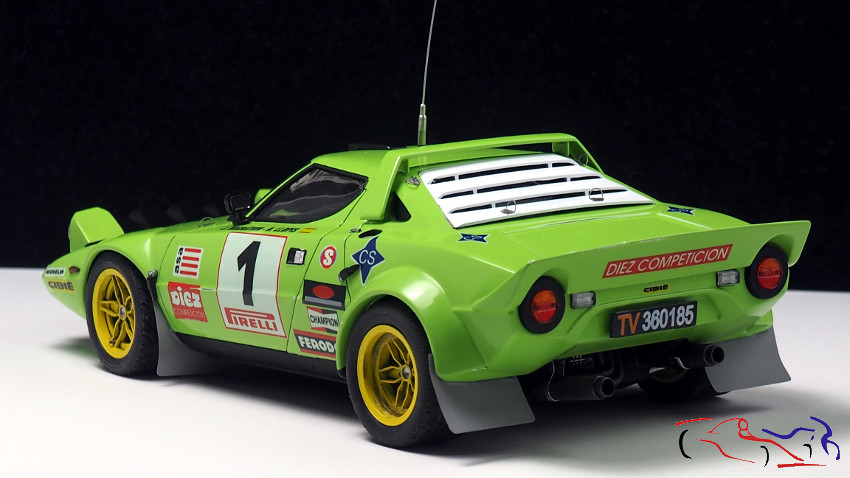
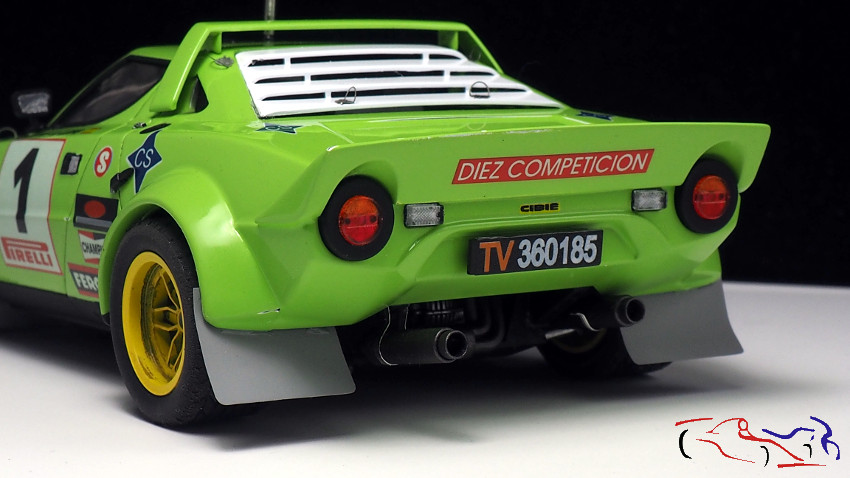
Y ahora, detalles de la maqueta. Vemos las faldillas, los cierres, las llantas….
And now, details of the model. We see the skirts, the closures, the tires….
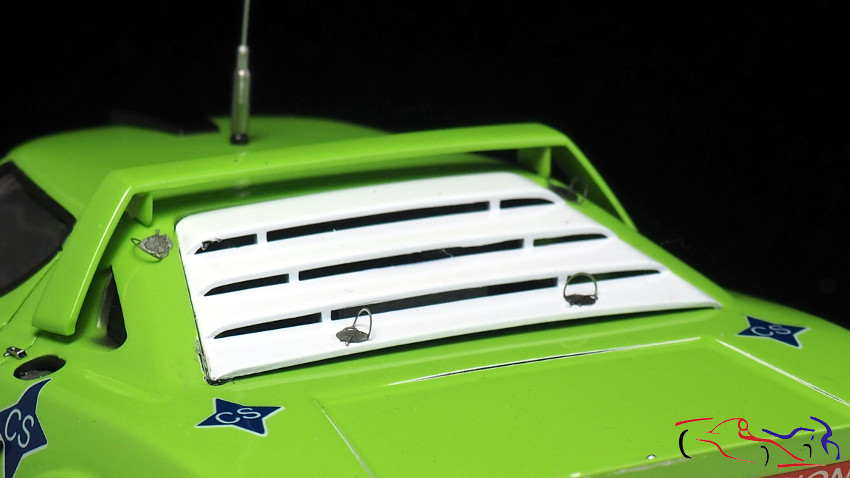
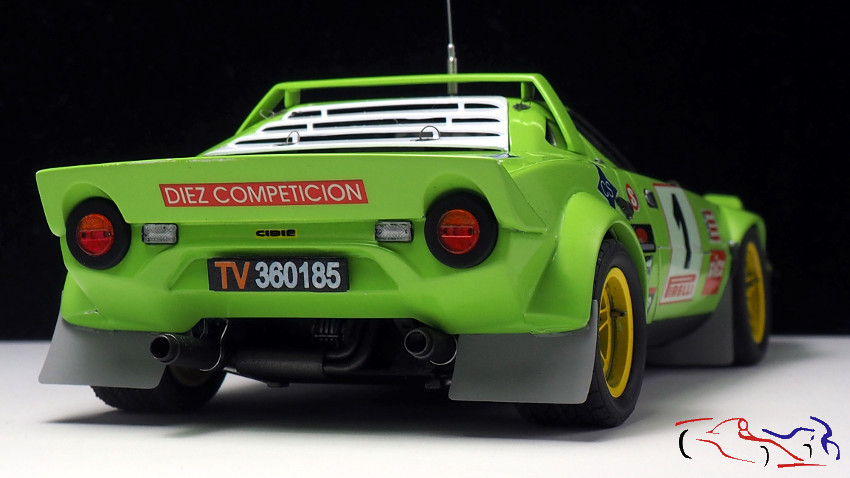
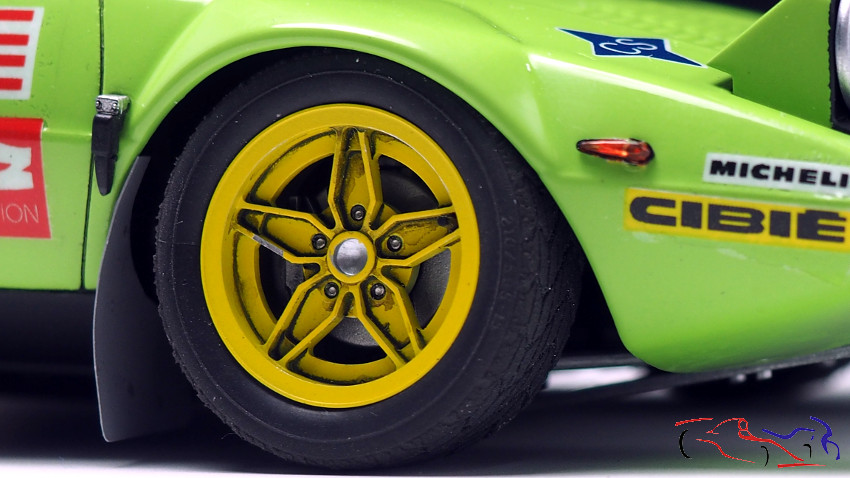
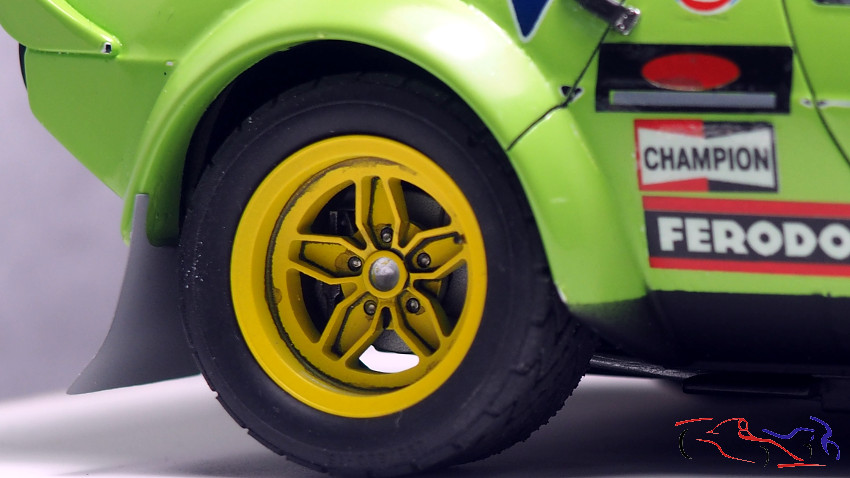
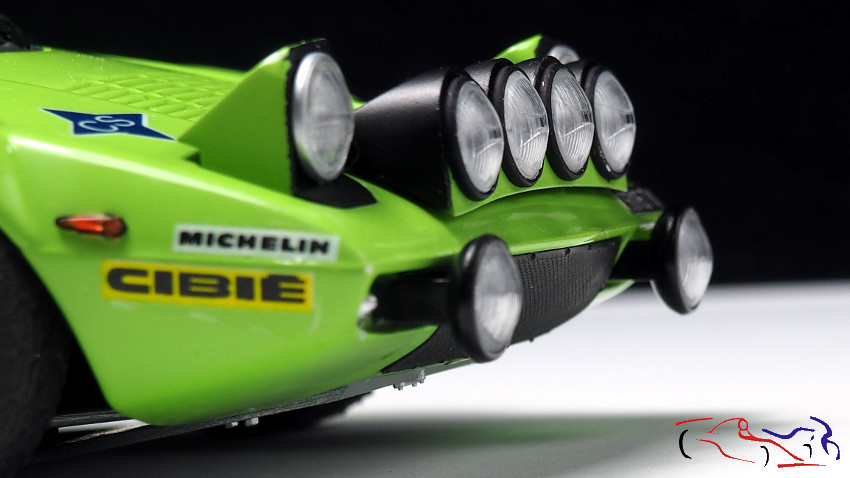
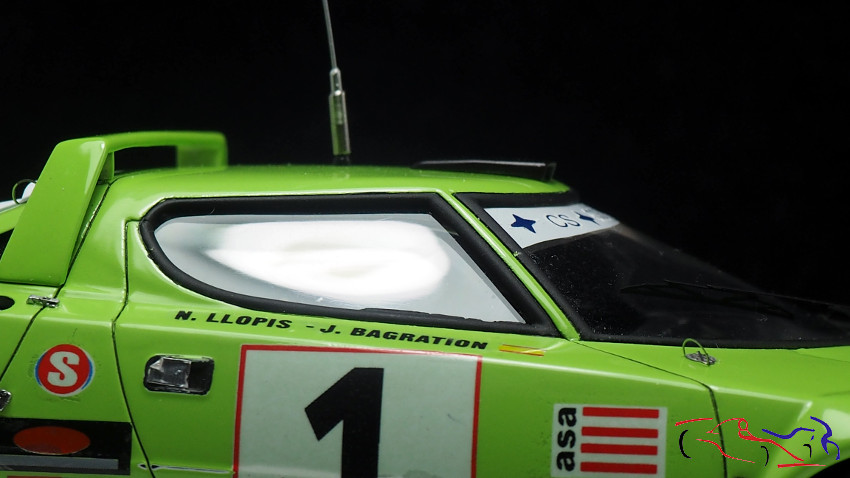
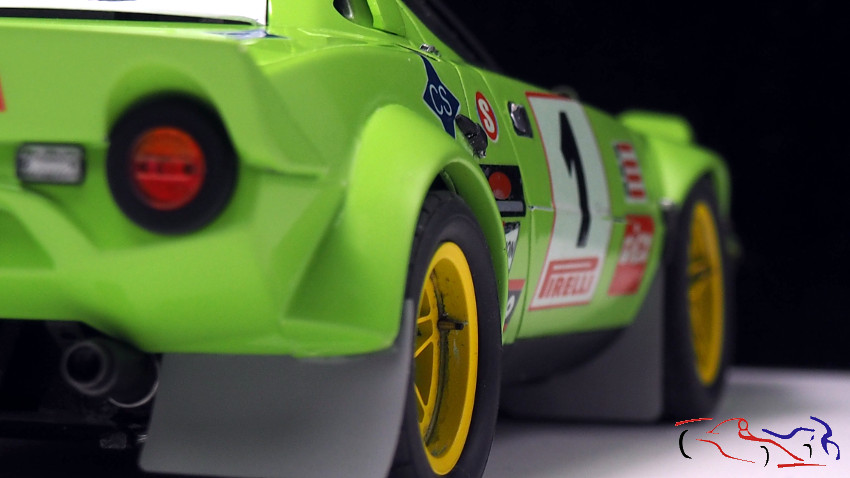
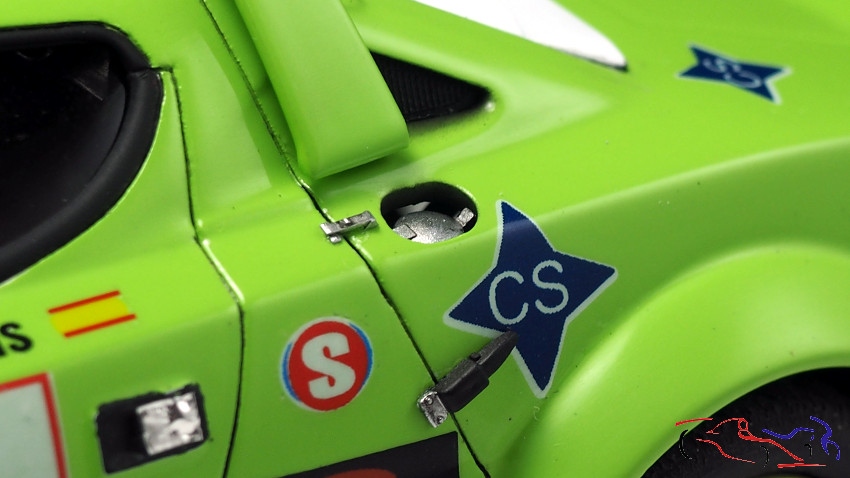
Ahora a por el siguiente, que puedo decir que es otro cohce de rally!! Gracias por ver y comentar!!
Now for the next one, which I can say is another rally car!! Thanks for viewing and commenting!!

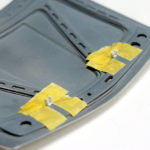
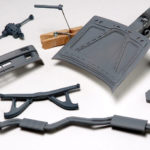
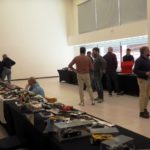
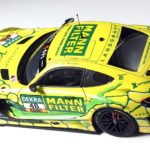
Great work as always.
I love to follow your builds as you describe your work very nicely.
You’re not the only one learning from this build.
And I also like that you build models of lesser known drivers.
Hi Axel, happy you like them!! The drivers are lesser known aout of Spain, but here in Spain, they are very well know! 😉
Ciao, bellissimo lavoro, ti scrivo dall’Italia e ti chiedo se hai ancora il foglio completo delle decals della versione Le Point, del kit da cui sei partito, se a buon prezzo potrei acquistarle, grazie
Ciao Marco. Ya tengo la hoja de calcas. Como puedo mostrarla? Tienes email? Tienes messenger? Saludos